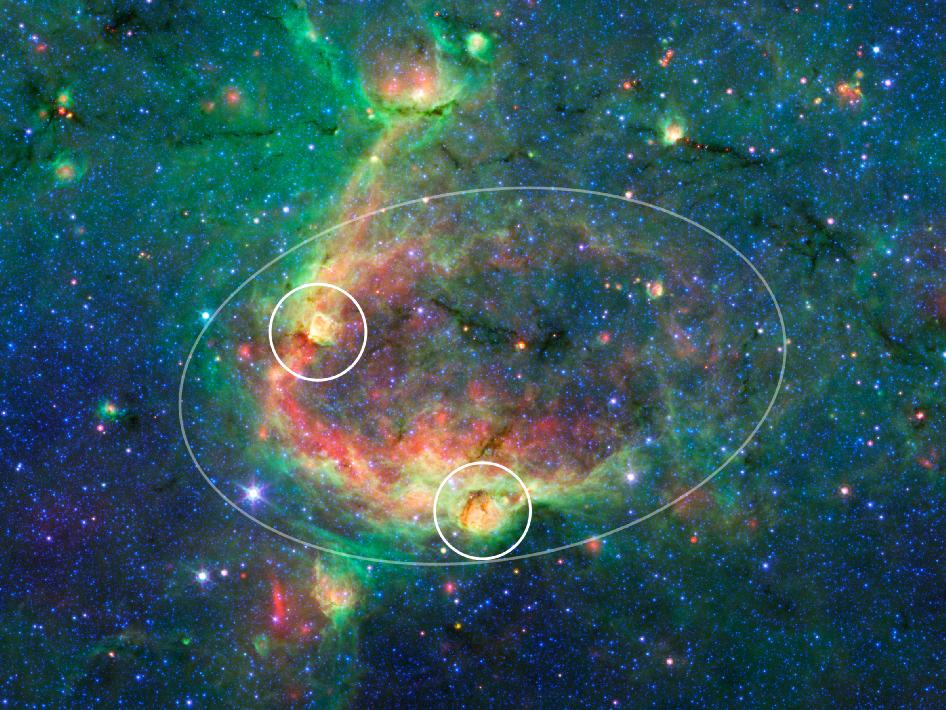Concerned that efforts to stop the excessive flow of greenhouse gases into our atmosphere will not be enough to save us from an ever-worsening crisis, MIT engineers are coming up with space bubbles to help mitigate the effects of climate change.
To buy time to wean ourselves off our fossil fuel addiction, we could raise a solar umbrella made of high-tech bubbles above the planet.
First proposed in the late 1980s, the proposal to use a large space umbrella to block solar radiation is not as difficult to realize as it sounds. And to be fair, it’s a much less risky plan than other large-scale geo-engineering projects that aim to reflect light from the surface back into space.
- Modern Human Faces Were Present Earlier Than Thought: 1.4 Million-Year-Old Fossils
- There is increasing proof More Than Just RNA Was Used to Launch Life on Earth
Yet even if the basic concept of cooling the Earth with some kind of orbital shield were feasible, the materials needed would not be fully readily available and would require properties that make them robust, lightweight and optically suitable.
Initial Proposals
It focused on a 2,000-kilometer-wide glass sandwich made from materials extracted from moon rock. Placed in a precise balance between the gravity of the Sun and the Earth and the impact of solar radiation and particles, it would be able to reduce the constant rise in temperature.
Since then, various alternatives have been considered, ranging from hydrogen-filled aluminum balloons to an artificial ring of particles that would turn the Earth into a miniature Saturn. They all have their pros, but the overwhelming cons are overwhelming.

Still, desperate times call for desperate measures. Confident that the fundamental benefits of a solar shield still apply, MIT scientists are calling for a feasibility study on deploying a series of balloons the size of Brazil.
Made of a homogeneous substance like molten silicon, small variations in the bubble could increase its efficiency by reflecting various wavelengths of solar radiation.
Best of all, if something unforeseen happens, it is much easier to pop a bunch of bubbles than the rest of the options.
In theory, the bulk density of such a shield would be about 1.5 grams per square meter.
Whether they will be able to find a material that can fulfill all the needs and find a convenient way to launch it and then start inflating it depends on finding funding for additional research. Of course, none of this has yet been published in a peer-reviewed journal – the researchers are putting the idea out there in the hope that future work can build on it. So for now it’s mostly intriguing speculation.
Preliminary experiments have shown that it is possible to inflate thin film bubbles at a pressure of about three thousandths of an atmosphere at a temperature of -50 degrees Celsius (-58 degrees Fahrenheit). But more work is needed before we can even think about putting the plan into practice.
“We believe that taking feasibility studies of a solar shield to the next level could help us make more informed decisions in the coming years, should geoengineering approaches become urgent,” says Carlo Ratti, professor of urban technologies at the MIT Senseable City Lab.
But in light of evidence that catastrophic temperatures could be reached in as little as 10-20 years, it is clear that all options must remain on the table for consideration.





